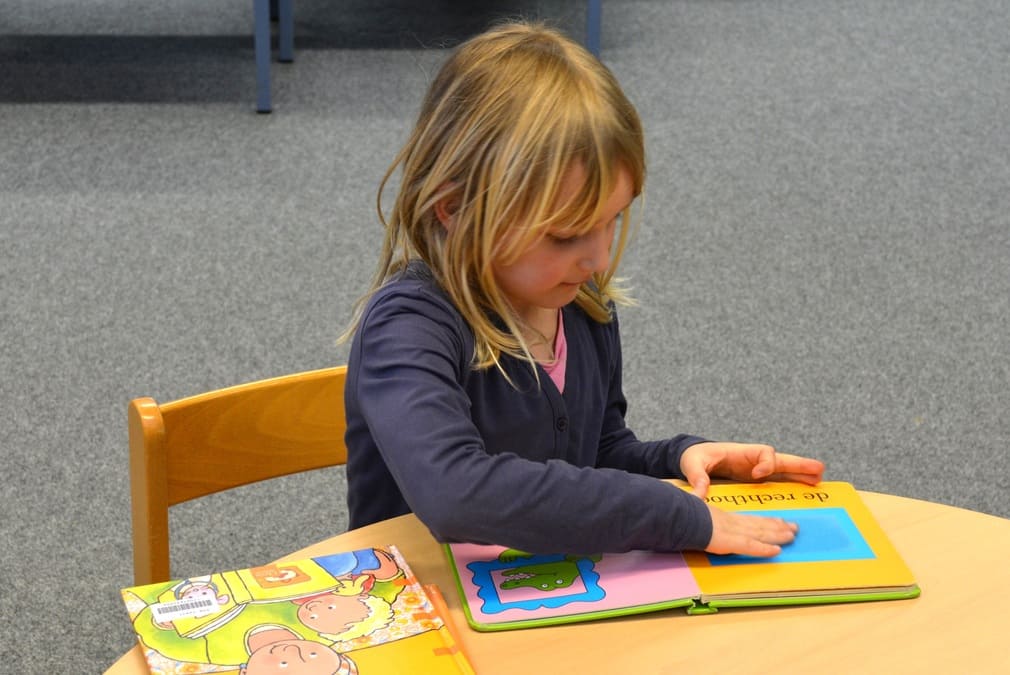Ever wondered why you, as the eldest, feel the need to take charge? Or why the baby of the family always gets away with, well, everything? It’s not just in your head; birth order can play a significant role in shaping our personalities. Let’s dive into this fascinating world of sibling dynamics and see how being a firstborn, middle child, last-born, or only child might influence who you are.
Table of Contents
Firstborns: The Pioneers of the Family

Ah, the eldest siblings. Often seen as the ‘second parent,’ firstborns tend to be responsible, organized, and natural leaders. They’re the ones parents often rely on to set an example for their younger siblings. Think of them as the trailblazers, setting the path for the younger ones to follow. Their experiences are like a prototype, testing the waters for the ones that come after. It’s like being the first pancake out of the pan – you’ve got to set the standard, and everyone looks to you for guidance!
Middle Children: The Balancing Act

Stuck in the middle? Don’t fret! Middle children often develop excellent negotiation skills. They’ve mastered the art of give and take, having always been sandwiched between the eldest’s authority and the youngest’s charm. They’re the bridge between the eldest and youngest, often playing the role of the mediator. Their position has taught them to see both sides of the coin, making them invaluable peacekeepers. It’s akin to being the creamy filling in an Oreo – balancing both sides perfectly and holding everything together.
Last-borns: The Adventurous Spirits

The babies of the family often enjoy more freedom and tend to be more adventurous and free-spirited. They’ve grown up with more relaxed rules, having parents who’ve “been there, done that” with the older siblings. This often allows them to explore more, take risks, and carve their unique path. With parents often being more relaxed by the time the last-born comes around, these siblings can be the risk-takers, the ones who dare to dream differently. It’s like being the cherry on top of a sundae – bright, delightful, and a tad bit cheeky!
Only Children: The All-Rounders

Without siblings to play or fight with, only children often gravitate towards adults. This can make them more mature and articulate at a young age. They’re used to being in the spotlight, and receiving undivided attention, and this can make them confident and self-assured. However, it can also make them a tad more perfectionistic, always striving to meet high expectations. Picture them as solo artists – they’ve got the whole stage to themselves, mastering every instrument and shining in their unique way.
Twins: The Inseparable Pair

Twins share a unique bond that’s hard for the outside world to fully understand. They’ve shared everything from the womb to life’s milestones. While they can be incredibly close, having a partner in crime from day one, they also strive to establish their individuality. Their bond is a mix of shared experiences and a constant effort to assert their distinct personalities. It’s like having two peas in a pod, similar in so many ways, yet each with its unique flavor.
The Gap Kids: The Fresh Starters

In families with significant age gaps between siblings, the dynamics can reset. A child born after a gap might exhibit firstborn traits, even if they technically aren’t the eldest. They bring a fresh perspective to the family, often being treated as another ‘first’ by the parents. Their experiences can be a blend of the wisdom gained from raising older kids and the novelty of starting anew. It’s like having a sequel to your favorite movie – a fresh start with a touch of the familiar, blending the best of both worlds.
Adopted and Step-Siblings: The Beautiful Blend

Blended families often come with a mix of biological, adopted, and step-siblings. This unique combination brings together diverse backgrounds, experiences, and stories. These siblings, whether by blood or by bond, contribute to the family’s dynamic in their special way. Think of it as making a patchwork quilt – each piece, with its pattern and color, adds to the overall beauty of the tapestry. The relationships might take time to nurture, but the end result is a family united by love and understanding.
The Role of Gender: Defining Dynamics

In many families, the dynamics can shift based on the gender of the siblings. Sometimes, the first male or female might take on leadership roles, irrespective of their birth order. This can lead to unique dynamics, where a younger brother might be the ‘leader’ among the boys, or a middle sister might play the ‘eldest’ role among the girls. It’s like having team captains in a sports match – each leading their side, strategizing, and making plays.
Parental Perceptions: Shaping Sibling Roles

Parents’ perceptions and expectations can significantly influence a child’s personality and role within the family. If a younger child is labeled as the ‘responsible one’ or an elder one as the ‘free spirit’, they might grow into those roles, even if they defy traditional birth order traits. It’s akin to being cast in a movie – once you’re given a role, you dive deep, embracing every aspect of the character, making it your own.
External Factors: The World Beyond Home

While the family plays a pivotal role in shaping personality, one cannot underestimate the influence of the world outside. Friends, teachers, school experiences, and even neighborhood dynamics can play a part in molding a child’s character. A supportive friend group or an inspiring teacher can boost confidence, while challenges at school can teach resilience. It’s like customizing a pizza – while the base remains the same, the choice of toppings can change the entire flavor profile. Each experience, good or bad, adds a layer to the complex personality of an individual.
Embrace Your Unique Sibling Spot! Whether you’re the trailblazing firstborn, the harmonious middle child, or the spirited last-born, your birth order has played a part in shaping you. But remember, it’s just one of the many factors that make you the fabulous individual you are. So, embrace your spot in the sibling line-up and celebrate the unique quirks it’s given you!








